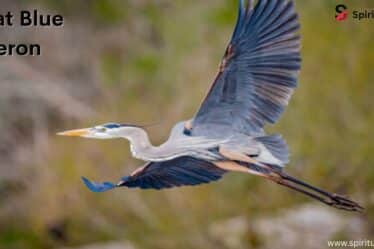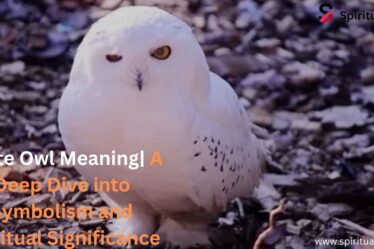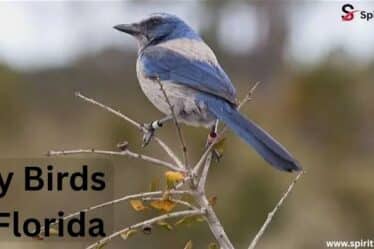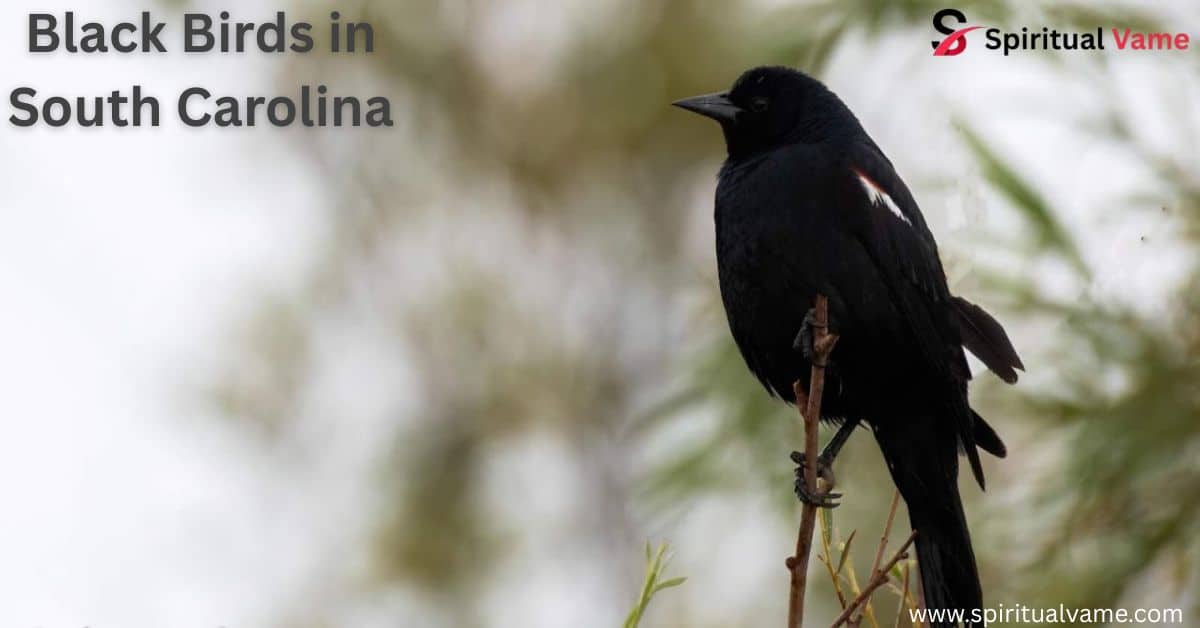
South Carolina is home to a rich variety of bird species, and among the most fascinating are the black birds that fill the skies, wetlands, forests, and backyards. These birds may share a similar dark appearance, but each one is unique in its song, behavior, and habitat. Whether you’re a casual observer or a devoted birder, this guide will take you deep into the lives of these feathered locals. You’ll discover what makes them special and how to identify them—right here in the Palmetto State.
Some of these birds, like the Common Grackle or Red-winged Blackbird, are widespread and bold, while others, like the Rusty Blackbird, are harder to spot and in decline. From open fields and backyards to marshes and forests, these black birds in South Carolina are always nearby if you know where and when to look. This guide will introduce you to them all, starting with six of the most common and ending with a full list of sixteen that showcase the diversity of black plumage in the state.
List 16 Black Birds In South Carolina
South Carolina is a paradise for bird lovers, offering an impressive range of black bird species. From small, quick insect-eaters to large, intelligent scavengers, these birds come in many shapes and behaviors. While some are seasonal visitors, many are year-round residents that thrive in the state’s varied landscapes.
Their plumage might be black, but their behaviors, songs, and colors in the sunlight are anything but dull. Let’s dive into the full list of sixteen black birds you might spot around South Carolina, whether in the woods, fields, wetlands, or even your backyard.
1. Brown headed Cowbird
The Brown‑headed Cowbird is a small black bird about 7.5 inches long, known across North America for its odd behavior called brood parasitism. Instead of building a nest, it lays eggs in the nests of other birds. You’ll usually find them near fields, livestock, and semi‑open areas. They prefer to eat grains, millet, and sunflower seeds, often on the ground, making them classic ground feeders.
2. Red-winged Blackbird
With its bold shoulders and musical call, the Red-winged Blackbird fills marshes, wetlands, and tall grasses with sound and color. They’re active at feeders and ponds and enjoy a diet of sunflower seeds and insects. Males are territorial during breeding season and often perch high in bushes to defend their spot.
3. Boat-tailed Grackle
The Boat‑tailed Grackle thrives along the coast and southern marshes, especially in Florida and the Gulf Coast. Its body gleams in the sun, and males boast an impressive tail. They feed on millet, corn, and anything they find near platform feeders. Watch for them in cattails, where males sing and display while nesting females stay hidden.
4. European Starling
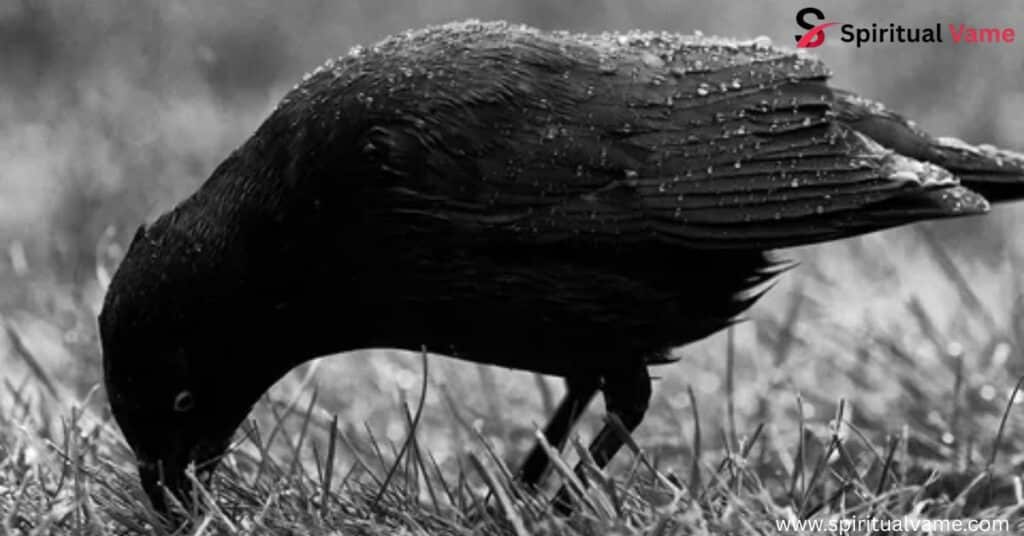
Highly adaptable and sometimes aggressive, the European Starling is easy to spot in both rural and urban settings. Known for nesting in woodpecker holes, buildings, or nest boxes, these birds have a wide diet including insects, fruits, and cracked corn. Their speckled feathers shimmer beautifully in the right light.
5. Baltimore Oriole
The Baltimore Oriole stands out with its bright orange and black plumage. Though more common in Canada and the USA’s northern parts, it visits oaks, elms, and sycamores in South Carolina too. Females are gray or yellow, and the species enjoys apples, cherries, grape jelly, and nectar feeders—perfect for your garden.
6. Rusty Blackbird
The Rusty Blackbird is about 8.5–9.8 inches long and weighs around 60 g. With pale yellow eyes, a green or purple gloss, and brown winter plumage, they’re often found in wet coniferous forests, swamps, or muskeg. Sadly, they’ve suffered a significant population decline, so spotting one is a rare treat.
7. Brewer’s Blackbird
This bird, measuring 7.9–9.8 inches and up to 3.0 ounces, shows off glossy black, purple, and green iridescence. They often nest in shrubs or trees, using mud and grass. You’ll see them in marshes, grasslands, or even coastal areas and backyards.
8. Western Meadowlark
Known for its cheerful song, the Western Meadowlark is about 8–10 inches long with a yellow chest and a black “V” mark. Found in grasslands, meadows, or pastures, it nests on the ground in domed nests. It feeds on seeds and insects, often staying close to marsh edges.
9. Bullock’s Oriole
This oriole features an orange face, black eyeline, and a white wing patch. Found near cottonwoods or riparian woodlands, it enjoys sweet treats like grape jelly, nectar, and oranges. At around 7–8.5 inches, they’re quick-moving and love mealworms.
10. Shiny Cowbird
Native to South America, the Shiny Cowbird has spread north and is now seen in Florida and nearby regions. Weighing 31–65 g and measuring 18–22 cm, it practices brood parasitism like its brown-headed cousin. It nests in open forests or cultivated lands, laying eggs that hatch after 10–11 days.
11. Scott’s Oriole
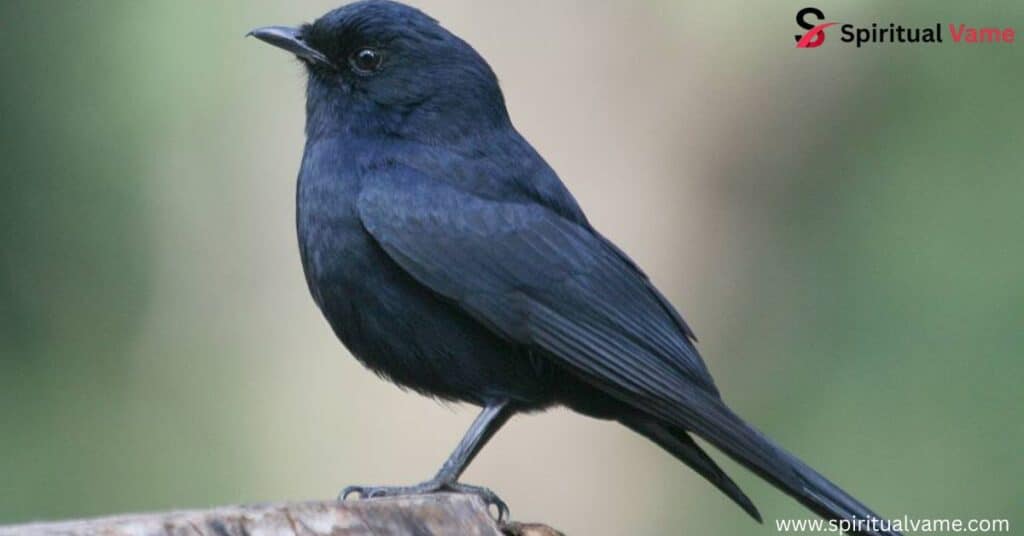
With lemon and black plumage, the Scott’s Oriole is around 9 inches long and lives in the semiarid Southwest. It prefers nesting among yuccas and agave, using nesting fibers. You’ll often see them feeding on nectar or garden insects.
12. Eastern Meadowlark
The Eastern Meadowlark is a ground-nester with yellow underparts and a black chevron on its chest. It’s found in grass fields and pastures, where it sings from perches and feeds on insects and grass seeds.
13. Yellow-headed Blackbird
This striking bird has a yellow head and white wing patches, with a wingspan up to 15.7 inches. Nesting in wetlands, it lays 3–5 eggs among reeds and bulrushes. It feeds on seeds and grains throughout its range.
14. Bobolink
The Bobolink is about 7 inches long, with a 10.5-inch wingspan and black-white plumage plus a buffy nape. They prefer hayfields and prairies, nesting in grass cups. These birds migrate long distances, wintering in South America.
15. Orchard Oriole
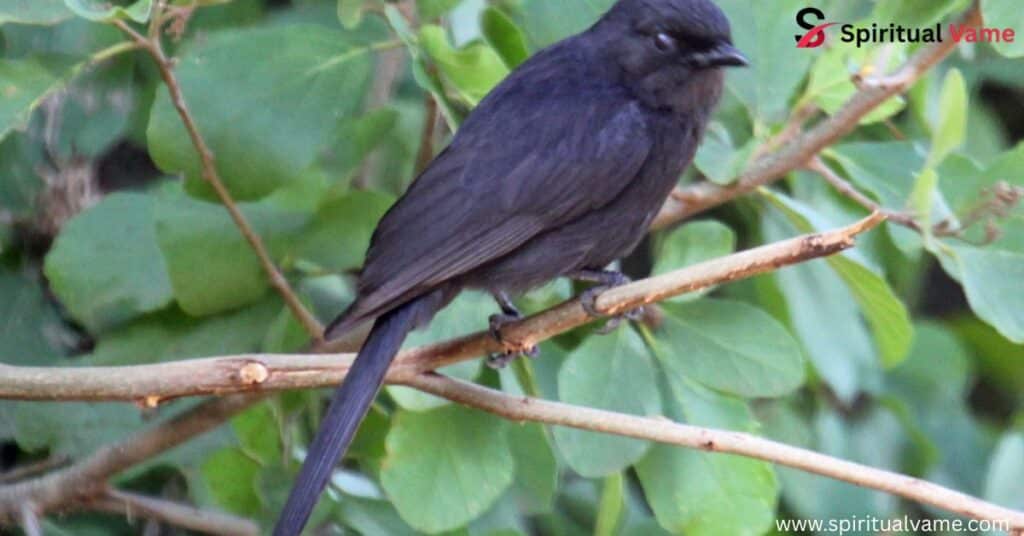
The Orchard Oriole is slightly smaller, around 6–7 inches, with chestnut-brown coloring. Females appear yellow-green. Found in semi-open woodlands and orchards, they build hanging nests and lay 3–5 eggs. They love fruits, nectar, and insects.
16. Common Grackle
Measuring 11–13 inches, the Common Grackle stands out with a purple head, bronze sheen, and long tail. They often gather in colonies, feed on platforms, and enjoy a varied diet including grains, insects, fish, and even mice. Highly social, they’re loud and clever birds found throughout South Carolina.
Conclusion
In South Carolina, black birds are a common sight. These birds are often seen in both rural and urban areas. Many people enjoy spotting these birds, especially in parks and forests. Black birds in South Carolina can vary, but they all share striking dark feathers. These birds play an important role in the ecosystem by controlling pests. Observing black birds in South Carolina can be a fun and educational experience for birdwatchers. They add beauty to the natural landscape and are often seen in large flocks. If you visit South Carolina, make sure to look out for black birds in the wild.

